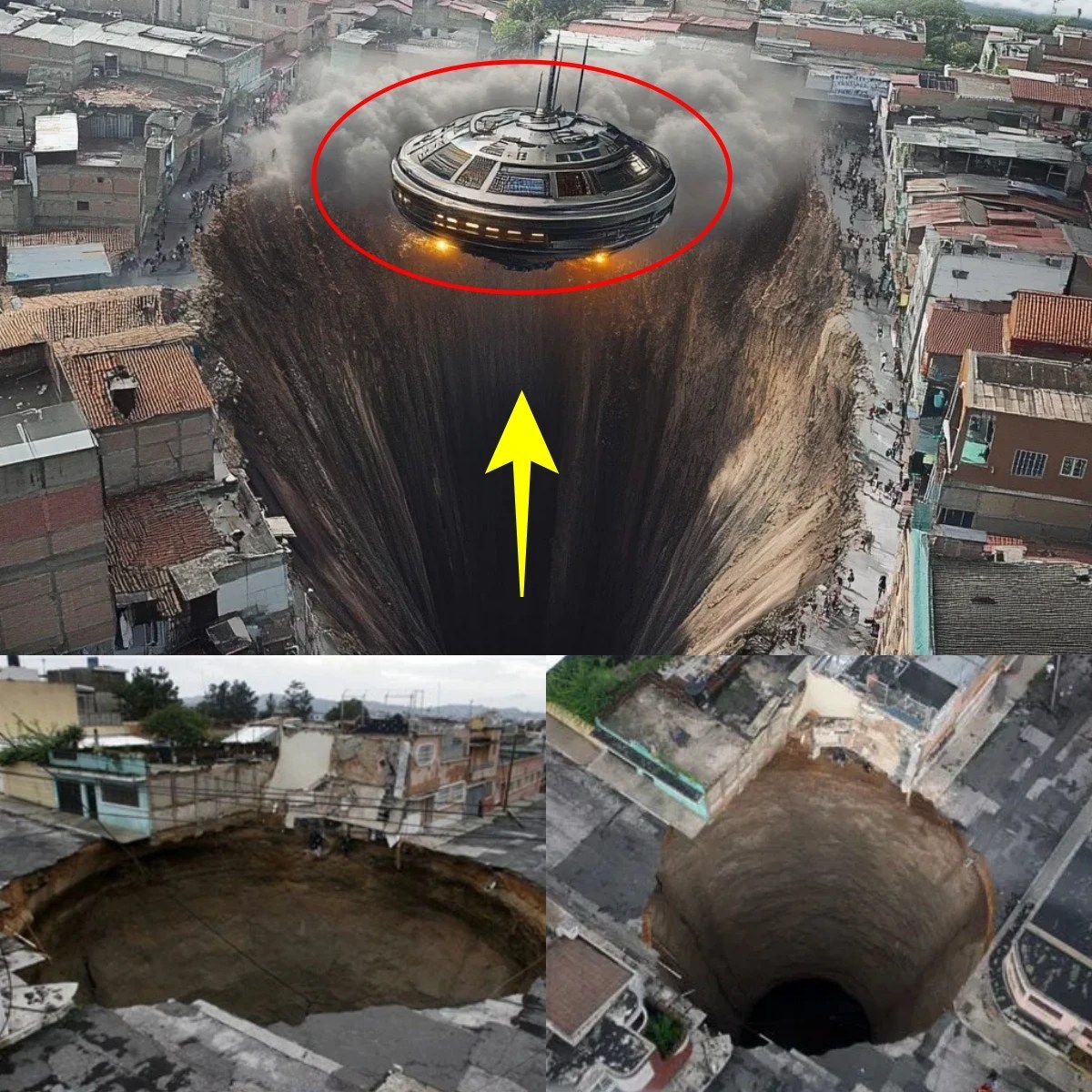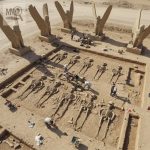Guatemala’s Abyss: The Sinkhole That Stirs the Underworld’s Secrets

In the heart of Guatemala City, a massive sinkhole has captivated scientists, locals, and mystery enthusiasts alike. More than a geological anomaly, this gaping chasm, plunging hundreds of feet into the earth, has become a symbol of both nature’s raw power and the enigmatic mysteries that lie beneath our feet. Known as “Guatemala’s Abyss,” the sinkhole has sparked debates, speculation, and intrigue, linking modern scientific inquiry with ancient Mayan legends.
A Geological Marvel

Sinkholes are not uncommon in regions with soluble rock, such as limestone, but the sheer size and sudden emergence of Guatemala’s Abyss make it extraordinary. Measuring hundreds of feet in depth and width, the void was created by soil collapse and water erosion, likely exacerbated by heavy rains and unstable urban infrastructure. Scientists are studying soil composition, underground water flow, and the city’s drainage systems to understand the mechanics behind this dramatic formation.
Despite rational explanations, the scale of the sinkhole leaves a visceral impression. Its gaping maw, shadowed in darkness, seems almost alive, a stark reminder that the Earth is a dynamic and sometimes unpredictable force. The rapid formation has caused concern for urban planning, highlighting vulnerabilities in infrastructure and the need for better risk management in areas prone to sudden geological shifts.
Legends of the Underworld
For locals and cultural historians, the sinkhole evokes ancient myths of Xibalba, the Mayan underworld. According to legend, Xibalba was a realm beneath the earth where gods and spirits resided, a place of trials, transformation, and unseen power. The alignment of Guatemala City atop limestone terrain that is riddled with subterranean caverns feeds the imagination: could this abyss be a modern-day doorway into the legendary underworld?

The association of sinkholes with spiritual realms is not unique to Guatemala. Across cultures, sudden voids in the earth often inspire myths about gateways to other worlds, divine punishment, or secret realms. Guatemala’s Abyss blends these cultural narratives with tangible geological phenomena, creating a bridge between science and legend.
Scientific and Cultural Significance
While researchers focus on mapping the sinkhole, assessing risks, and understanding the underlying geology, the site also draws anthropologists and historians who explore the cultural narratives surrounding it. The intersection of natural forces and myth invites a multidisciplinary approach to understanding how humans interpret extreme environmental events.
The sinkhole’s presence has also become a focal point for public fascination. Locals and tourists alike peer into the depths, drawn by a combination of awe, curiosity, and respect for both natural power and the mysteries of ancient beliefs. The abyss embodies the delicate balance between nature, human infrastructure, and imagination.
Conclusion
Guatemala’s Abyss is more than a geological event; it is a window into the profound mysteries of the Earth and the myths that shape human understanding. Plunging hundreds of feet into darkness, the sinkhole reminds us of the planet’s dynamic nature and the cultural significance we assign to extreme phenomena. Whether viewed through the lens of science or legend, the abyss challenges us to contemplate the unseen forces beneath our feet — a reminder that even in modern cities, the Earth still holds realms we cannot fully comprehend.











